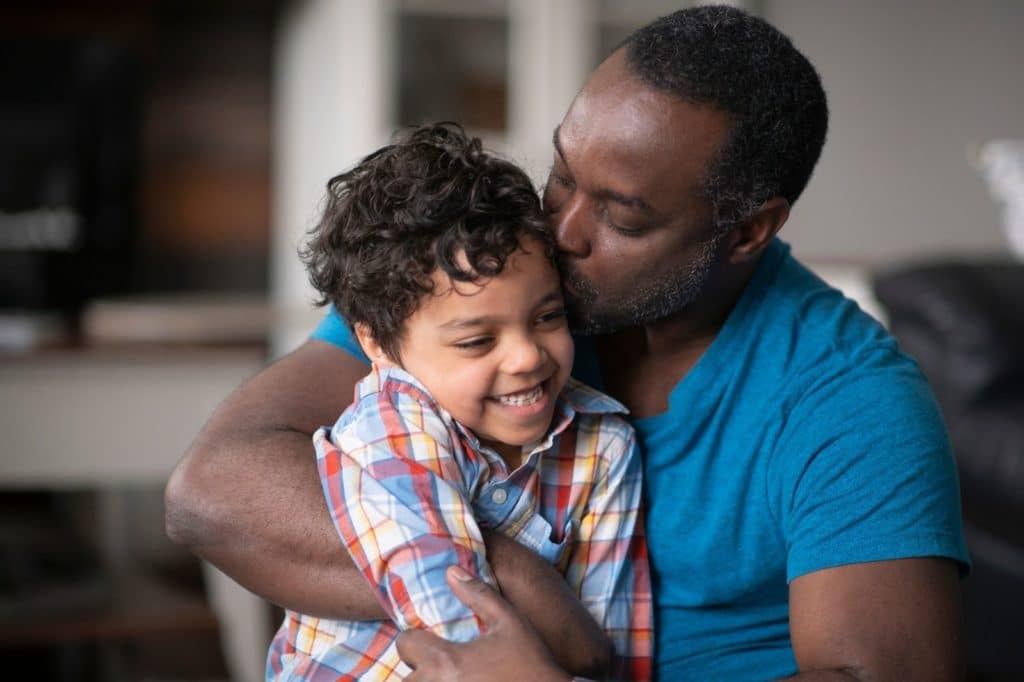As a psychotherapist, I’ve seen what it like is to be a concerned parent of a child with a mental illness diagnosis. I’ve heard their stories as they sit in my office and tearfully tell me about sleepless nights filled with worry, the stress of going from doctor’s appointment to doctor’s appointment seeking answers, and the struggle of getting their child to comply with treatment.
The road to getting treatment for your child isn’t easy, and it is often a relief when you’ve received a diagnosis and started treatment for your child. But few people talk about what needs to happen after treatment. After all, your goal is to help your child learn the skills to manage their diagnosis so treatment will eventually come to an end. Empower your child and your family by talking to your provider about formulating a post-treatment plan.
After experiencing the strong source of support during treatment, life after post-treatment can feel a little bit like being set adrift in a canoe without a paddle. The strong support and safety net the treatment provided are now gone. It can be easy to feel lost and unsure of what to do next. But the good news is that there is something you can do to ease the transition from intensive treatment to everyday life – you can work with your provider to develop a comprehensive post-treatment plan. The plan will help your family continue to build on the gains you’ve already made in treatment.
A comprehensive treatment plan also gives you precise directions to help prevent you from letting those gains made during treatment fall by the wayside. It can be tempting to get a little lax and let strategies and other methods of support slide. But it’s essential not to make that happen because it can lead to a relapse in symptoms. In my work as a therapist, I’ve seen how my clients have let the valuable strategies they learned during intensive treatment fall by the wayside and some even choose to stop taking their medication without the supervision of their psychiatrist. When this happens, it’s common for them to experience a relapse in symptoms and they often have to begin an intensive treatment plan again.
A post-treatment plan can help prevent this from happening. The goal of an effective treatment plan should be to maintain the gains that your child has made during treatment and to support any long-term goals your family might have for your child. For example, if your child receives a diagnosis of ADHD, long-term goals might include your child managing his or her organizational tools for school without redirection by you or his or her teachers. A post-treatment plan would identify the strategies and steps your family will use to continue to work towards this goal.
The key is to begin to work on your post-treatment plan with your provider as treatment is winding down. A post-treatment plan will look slightly different from the method used for your child during his or her child’s treatment, and your provider will work with you to identify the components of your treatment plan.
The ingredients of an excellent post-treatment plan should include a list of goals, a detailed outline of the therapeutic strategies, medication (if any), support team, and emergency plans (just in case).
Knowing your goals for post-treatment life are a key first step in formulating a treatment plan because they provide the direction for the rest of the plan. For example, if your child receives a diagnosis of social anxiety, your goal may be to continue to have your child attend monthly club events at school and spend time with friends outside of school twice a week. Once goals are established, you and your provider can identify the strategies, support team, and emergency plans that your child may need.
Strategies are typically those that you and your child have already mastered during the treatment phase. Listing these out in your treatment plan serves as a handy reference of the strategies available to practice and use when needed. Using strategies are a lot like working out. You are less sore when you go to the gym regularly, and it’s the same with mental health strategies – using them periodically ensures that those “muscles” stay strong.
Your support team will include those individuals who will assist with your child’s growth and progress towards post-treatment goals. Examples of team members include your child’s mental health provider, primary physician, psychiatrist, social worker, teachers, school counselors, support groups, and any other individuals involved in child-care such as babysitters or nannies. Make a list of the names and contact information for each person on the support team and schedule time to speak with each of them to discuss their roles in your child’s post-treatment plan. The National Institute for Mental Health offers a helpful article listing sources of support and information about prescribing medication for children.
And finally, it is always helpful to have an emergency plan should you need it. This plan will include the steps you will take to contact appropriate individuals (psychiatrist, physician, psychologist, etc.) and where you will take the child if needed. Ask your mental health provider to help you identify potential emergency situations that could occur (for example, if your child has an angry outburst at school and become violent) and what appropriate steps to take. Planning will ensure that you can confidently handle any emergency that might happen.
One last note about your post-treatment plan: it should be as specific as possible. If the plan is too vague, there will be an increased chance of struggling to maintain the gains made during treatment because of the lack of clarity. Spelling out the specific strategies, having the names and contact information for the support team handy, and understanding emergency plans will help you avoid this from happening and will empower you to move forward confidently.










